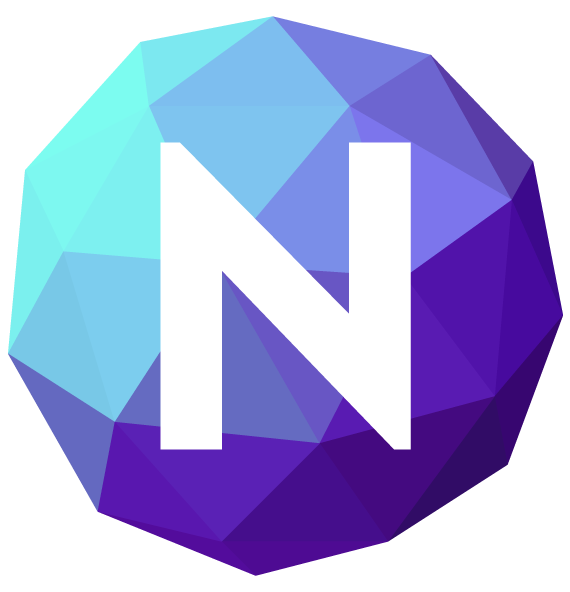Nikka Estefani
Category: Design Tips
As years go by, it is clear that technology continuously dominates our life. Therefore, it is very important that UX/UI designers find new ways and adapt to new design trends to facilitate and meet the needs of emerging technologies.
That being said, here are the 6 UX/UI trends that are expected to dominate 2022 – and possibly beyond!
6 UX/UI Trends to Watch Out This 2022

1) Personalized Design
A good UX/UI design gives users an option to personalize or customize their digital experience – and for a very good reason.
Personalized design simply appeals to our very own self. As humans, we make decisions that best reflect our personal preferences and values. We can see this simply in our buying decision-making – most, if not all, of the things we bought, we bought because we think that they best reflect our personal preferences.
Since personalization plays a fundamental part in our lives, it makes sense to include that in UX/UI design. Therefore, you should include personalized design not only to provide a better experience for our users but to provide users an option to personalize their experience on your design.
2) Inclusivity
Back in the days, design is mostly focused only on the “conventional” or “majority” – or any standard that we believe applies to all people. While this is not necessarily bad, this can be limited to other people. For instance, people with disabilities may have a hard time with our design if we did not take them into account, albeit unintentionally.
The point of inclusivity in design is that, people are simply more variegated than we think, and hence there’s really no “standard” or a “one-for-all” design. What designers must do is to think of all the possible backgrounds that their users may come from, then make a design that “includes” them all.
That being said, inclusivity is more than accessibility. It’s more than just giving more access for, say, people with disabilities and special needs. Inclusivity also means that we consider varying backgrounds of varying human factors that a user may come from – think, for instance, of race, religion, nationality, sexual orientation, age, language, etc. To give an example, this explains why emojis come in different skin colors – as opposed to the standard yellow color back in the day.
Simply put, when your design is more inclusive, you can cater to wider audiences and not leave them out.
3) Designing for Larger Screens

In the recent years, UX/UI design is focused on designing for small screens to cater to mobile devices. However, we should not forget their large screen counterparts.
An emphasis on designing for smaller screens existed partly because small screens are relatively new compared to large screens (desktop computers). After all, early mobile devices do not have the capacity of a desktop-based design. But when they did finally have the capacity, most designs are still based on desktop size – and that’s a big problem for the smaller-sized mobile screens. Therefore, an emphasis on designing for small screens is made, and we can see this with responsive design.
That being said, we should still give an importance for larger screens in the same way we give importance for smaller screens. Not only we use large screens since the dawn of electronic devices (mostly desktop), but new technology may also come in large screens – think of foldable phones, for example.
4) Dark Mode
White background is the standard for most UI designs. However, in the recent years, we have seen the emergence of black background designs or what is known as the “dark mode”.
Dark mode design allows users to change between white-to-black (and vice-versa) background as they see fit. Normally, dark mode design caters to day-and-night cycle – black background is visually better in, well, the dark. However, dark mode is also advantageous for visually-impaired users.
That being said, dark mode is certainly not new, but this design will certainly be beneficial in the years to come.
5) Minimalism
Minimalism is certainly not a new trend, but neither is it old. In fact, design trends tend to draw more and more to minimalism as time passes by.
The appeal of minimalism is very simple – it is simple. People simply love simplicity. Nobody wants to be tangled in a very complex website or app. After all, our lives are already mostly complex – why bring the complexity to our digital world?
The importance of minimalism is even more emphasized today. As our world is getting more complex, designers are faced with the task to simplify these complexities in their design. For instance, many businesses find new offerings to their customers – it could be new products or services, new forms of payment, new special offers, etc. The task of the designer is to create a design in such a way that these new and complex offers be presented in a simple and organized manner to the users or customers.
6) Device Synchronization

Device synchronization is not new; designers have long recognized the importance of device synchronization because users have at least two different device. Therefore, their design must fit to virtually all devices available to accommodate the possible devices a user owns.
But aside from the availability of different devices, designers must also take into account new and emerging technologies. For example, consider the smartwatch, a relatively new device since mobile phones and tablets. Designers should ask not only how they can design for the new device, but also on how to sync them with older devices.







